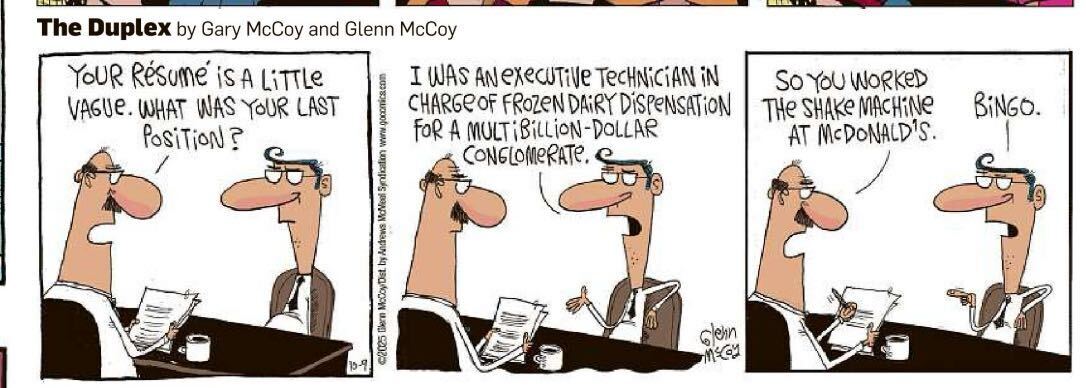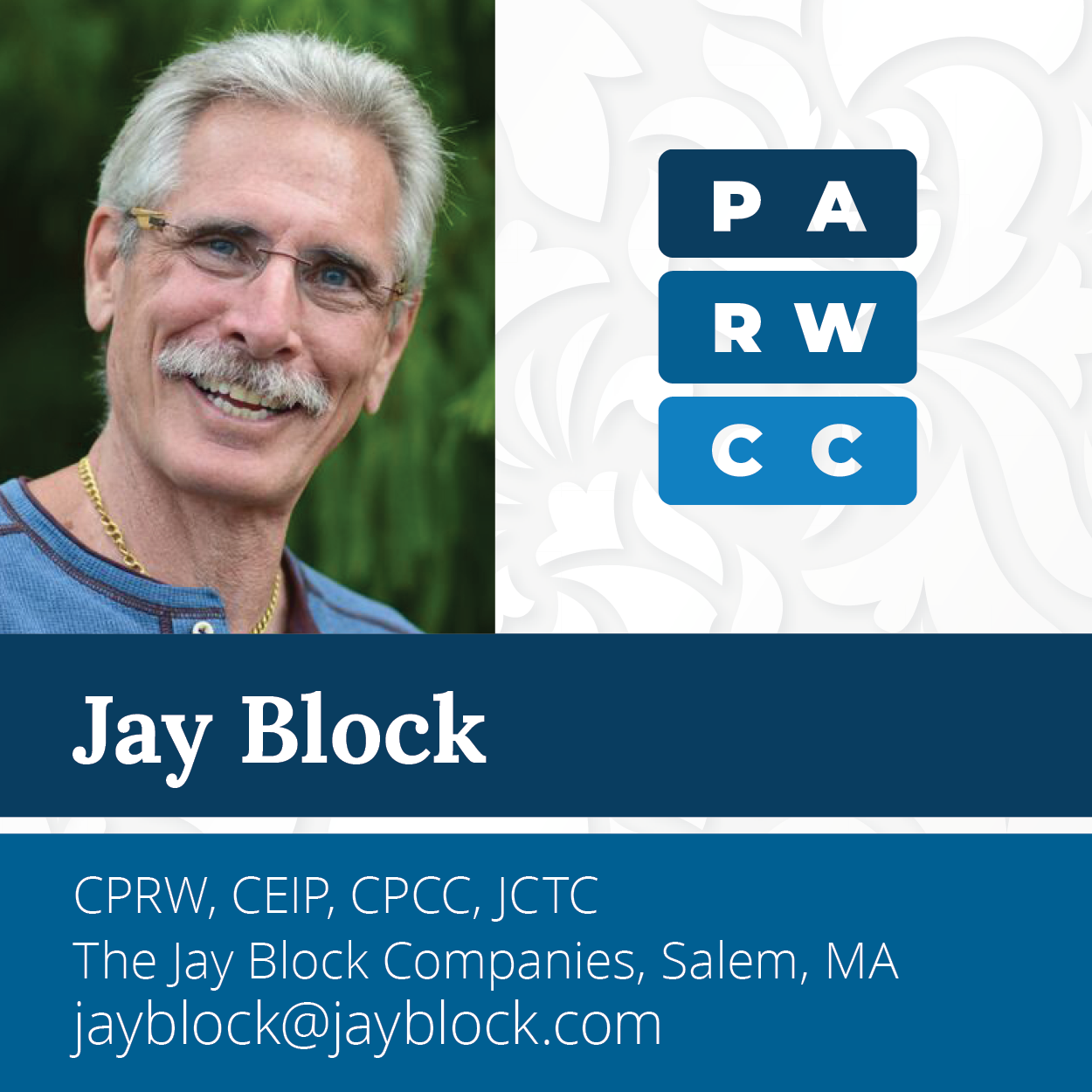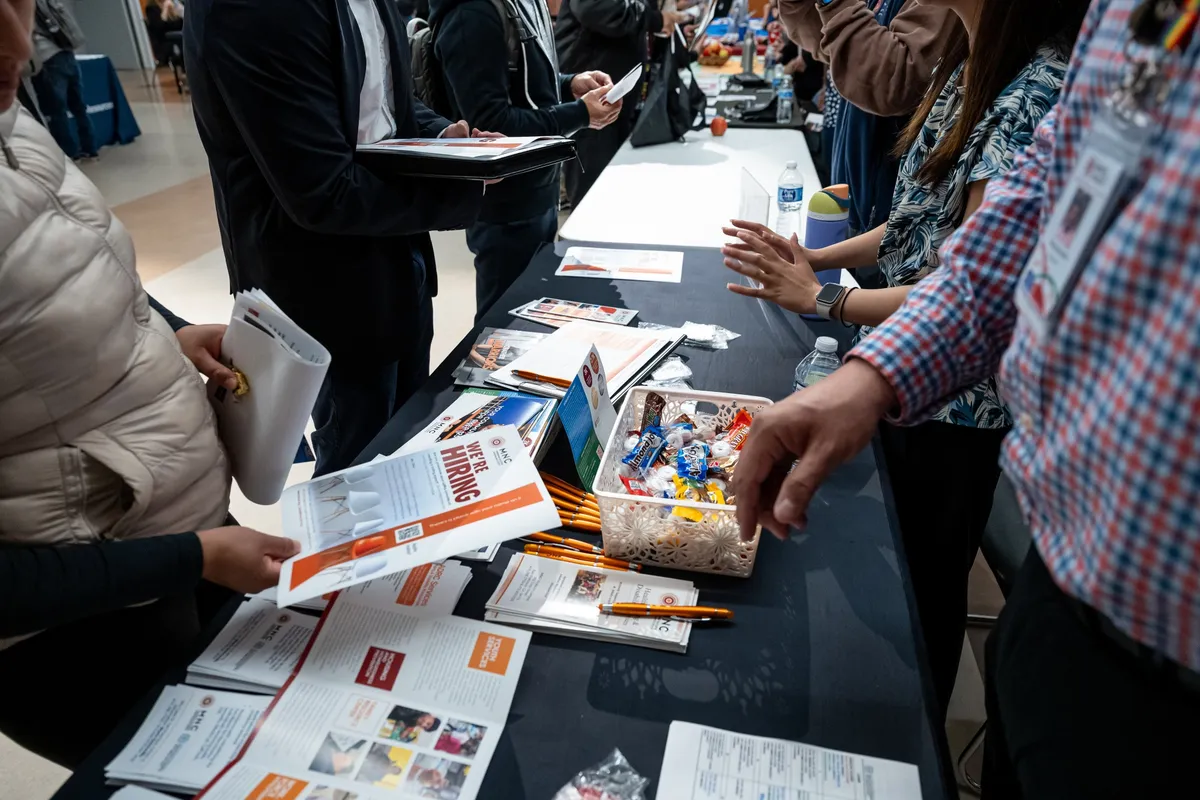Coaching in the Age of AI: Staying Human in a Tech-Driven World
When the word “AI” shows up in our coaching spaces, reactions tend to fall into two camps:
“It’s coming for our jobs!”
Or
“I’ll just ignore it and keep doing things the way I always have.”
Both responses miss the point, and both put us (and our clients) at risk.
We don’t need to become AI experts, but we can’t afford to stay AI-ignorant, either.
Last month, I spoke at a conference called AI Marketing World, and yes, I was that contrarian on stage, talking about how to be more human.
After three days immersed in conversations with entrepreneurs, marketers, and technologists (many of whom are building the very tools reshaping our world), and seeing PARWCC’s own Lili Foggle launch her Master Series on how AI is disrupting the hiring process, one thing became very clear:
If you’re coaching clients, running a business, or simply want to stay relevant, you have to understand how AI is shaping the environment we work in.
Adopting AI isn’t optional anymore. It’s not just something coming down the pipeline. It’s already here. And while I believe we’ll eventually settle down from this current AI “gold rush,” make no mistake: AI isn’t going anywhere.
But, there’s good news…
Coaching Is Still Human-to-Human. Period.
Let’s start with the truth that should ground all of us: AI can’t coach.
It can’t listen between the lines.
It can’t hold space for emotion.
It can’t model courage, empathy, or values-based leadership.
That’s what we do.
Coaching will always be a deeply human-to-human experience. However, that doesn’t mean AI won’t impact the way our clients engage with the job market, how we present ourselves in our businesses, or how we refine our approach to client meetings.
We’re already seeing it. Clients are using AI to write resumes. Recruiters are using it to scan them. Interviewers are swapping human faces for AI tools.
→ And job seekers are pasting those questions back into ChatGPT for help.
Like it or not, we are coaching within an AI-influenced ecosystem, which means we need to understand it, not fear it.
Use AI as a Business Tool, Not a Replacement
The smartest application of AI for coaches isn’t about replacing our voices or farming out our client work to a chatbot. It’s about making your business run smoother, so you can spend more time doing the parts of coaching that matter most.
Think: automating admin tasks, summarizing client notes, generating content starters, or managing your calendar.
These are tools to help us grow. But they aren’t crutches to replace our creativity or connection.
But here’s the rub: we have to use them intentionally. Because there’s unfortunately a flip side to those who are hesitant to leverage AI, and that’s the people who are over-indexing on Artificial Intelligence and automation.
When we stop showing up in our businesses or forget to apply discernment, we’re no better than an AI-resume writer. WE lose our fingerprint, we los what makes us unique, and we can start to forget the one thing about us that AI can never replace.
Us.
Humans still matter.
But we have to stay human. On Purpose.
You Still Matter More Than the Machine
If AI raises fear for you, I get it.
If it makes you question your worth or your longevity in this field, I hear that too.
But I’ll tell you what I told a room of 600 business leaders last month:
You don’t need to outpace AI. You need to out-human it.
And you already have what it takes to do that:
- Your lived experience
- Your empathy and ability to connect
- Your intuition
- Your values and discernment
- Your unique voice
These are not downloadable, they are not copy/pasteable, and they are absolutely what makes you irreplaceable in what’s becoming a sea of sameness.
Your Challenge This Month
You don’t need to overhaul your systems or build an AI-powered platform.
You just need to stay curious.
This month, I challenge you to carve out 30 minutes and reflect on the following:
- What’s one business task AI might help me streamline, so I can spend more time coaching?
- What part of my work is most uniquely human, and how can I double down on that?
- How can I help my clients navigate the presence of AI in their careers with clarity, confidence, and critical thinking?
Change doesn’t have to be overwhelming, and staying current doesn’t mean selling out.
It means evolving with the tools of the world while staying true to who we are.
No matter how fast technology moves, humans still matter.
Especially the good ones.
And I’d say you’re one of them.
Your Friend and Coach,
Angie Callen, PCC, CPCC, CERW, CPRW
















































